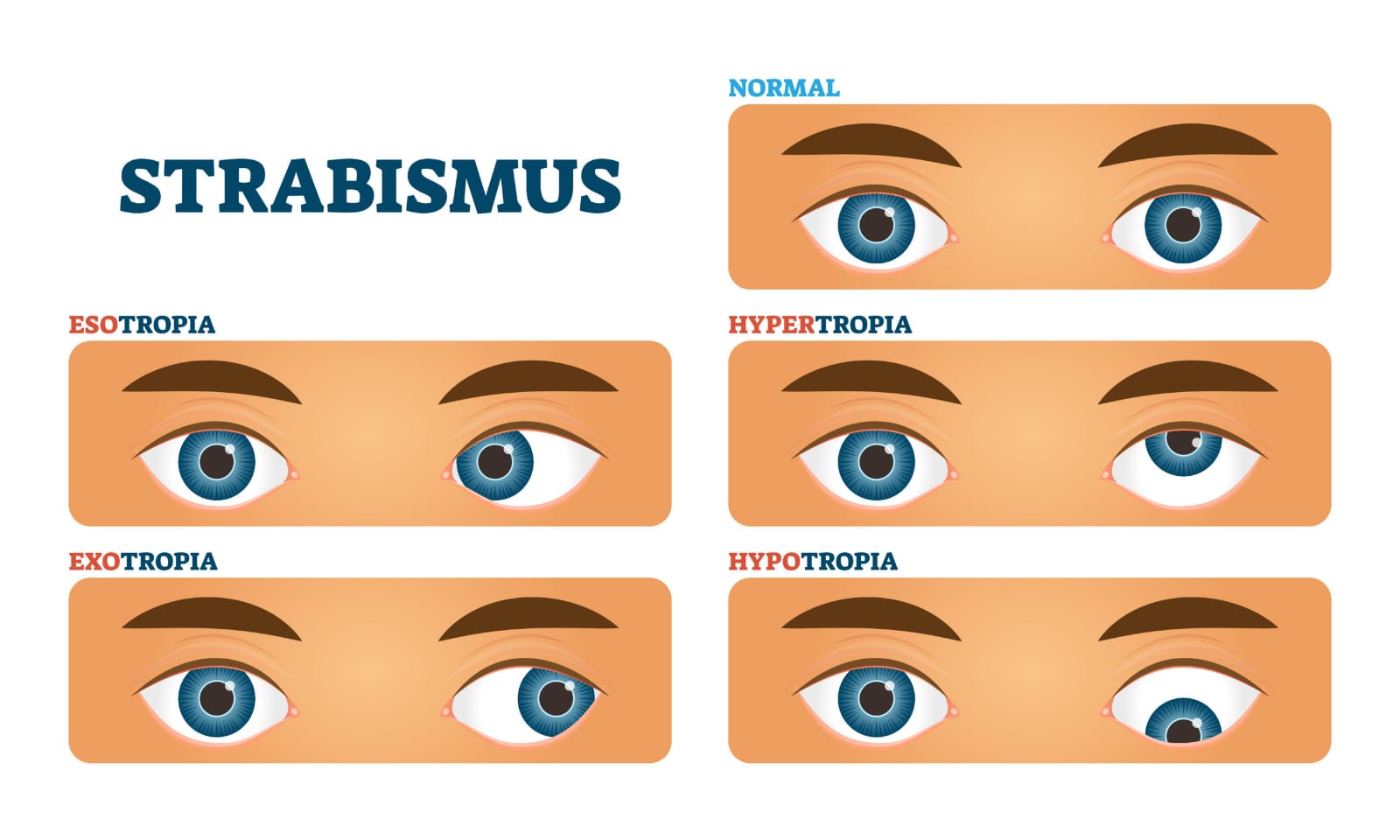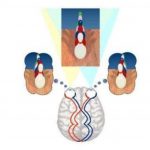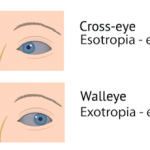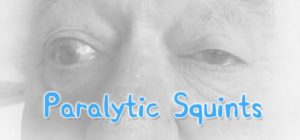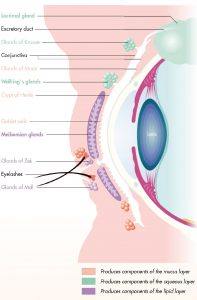Hyperphoria is an eye condition where the eye points upwards, but not permanently. It usually occurs when the child is tired, stressed, or has an onset of illness.
In the absence of sufficient stimuli for fusion, the line of sight in one eye tends to be more upward than in the other eye. If the deviation tends to be lower than the other eye or the other eye is used as a reference in hyperphoria, the condition is called hypophoria. See Cataphoria.
Left Hyperphoria (L / R) Hyperphoria is where the line of sight of the left eye deviates upwards from the other eye.
Parathyroid hyperphoria Hyperphoria due to paralysis of one or more extrinsic muscles.
Right Hyperphoria (R / L) Hyperphoria is where the vision of the right eye deviates upwards from the other eye.
The causes of hyperphoria are many. Causes of congenital and congenital injuries are sometimes encountered. This is not the case frequently. Hyperphoria is rare in children because it impairs the development of binocular vision and much more. May be squint.
If the squint is corrected by orthopedics, the hypertrophies will be corrected during the course of the course and will become hypertrophied upon return. Hyperphoria in adulthood can be caused by trauma, syphilitic gout, and pathological conditions in various parts of the body. The latter is a focal infection. Internal conditions such as duodenal ulcers are sometimes the cause.
A history of past or present common diseases often follows from hyperphoric subjects. Recovery from these diseases rarely causes the deviation to disappear, but if it is moderate, its correction may only be needed for intensive care.
Hyperphoria is most common from the age of 55 onwards. High blood pressure is usually present and if it leads to bleeding in the nervous system of lifts and depressors, hypertropia will follow. Re-covering may be complete but it is often partial and hypertrophia turns into hyperphoria.
Depending on the physical capacity of the case, both conditions can work occasionally. A vertical deviation at this age must require a medical examination of the blood pressure unless the case states that it is already undergoing treatment.
The correct prescription for hyperphoria is, perhaps, the most satisfactory correction prescribed in practice. Practical studies of hypertrophy and hypertrophy include clinical methods of diagnosis and measurement. It includes the decision to honor the amended prism.
Symptoms
The most common symptom of hyperphoria is the upward eye which is not always present and only occurs occasionally.
Common symptoms of hyperphoria include:
Double vision
Blurred vision
The word seems to move on a page
Eyestrain
Headache
Difficulty concentrating
Difficulty with fluent reading
Less understandable
Treatment: Glasses can affect eye position, especially if the baby has a high optical prescription or there is a significant difference in prescription between the two eyes. There may be a prism in the spectacles for turning the eyes. Vision therapy is essential for the treatment of hyperphoria.

